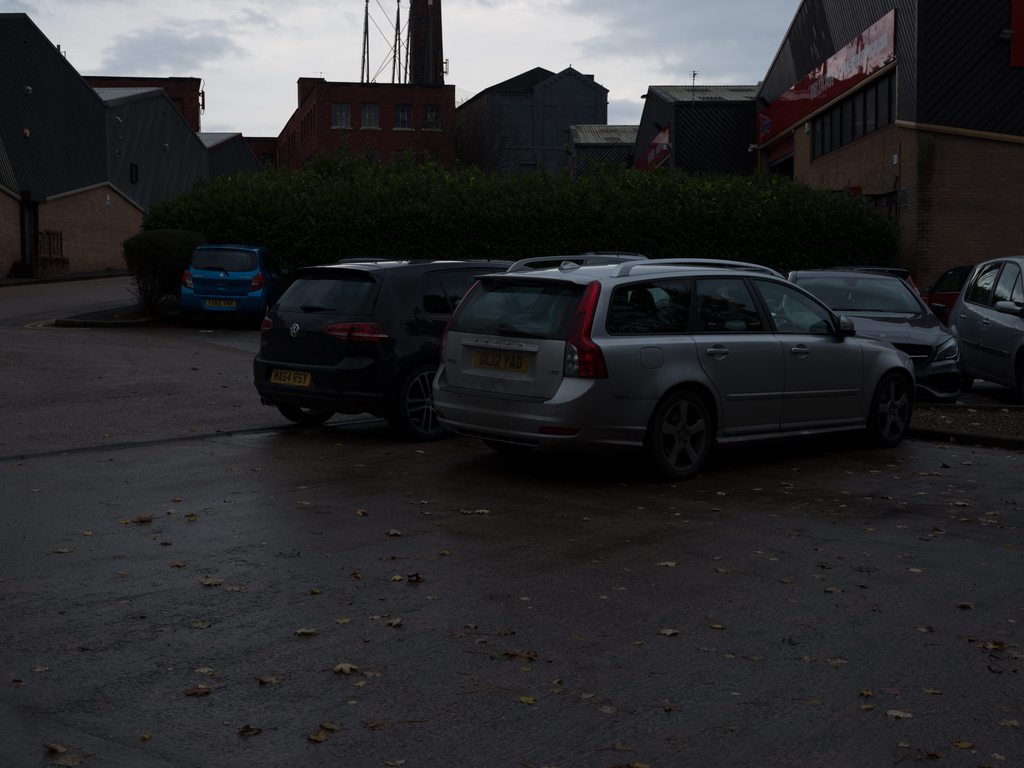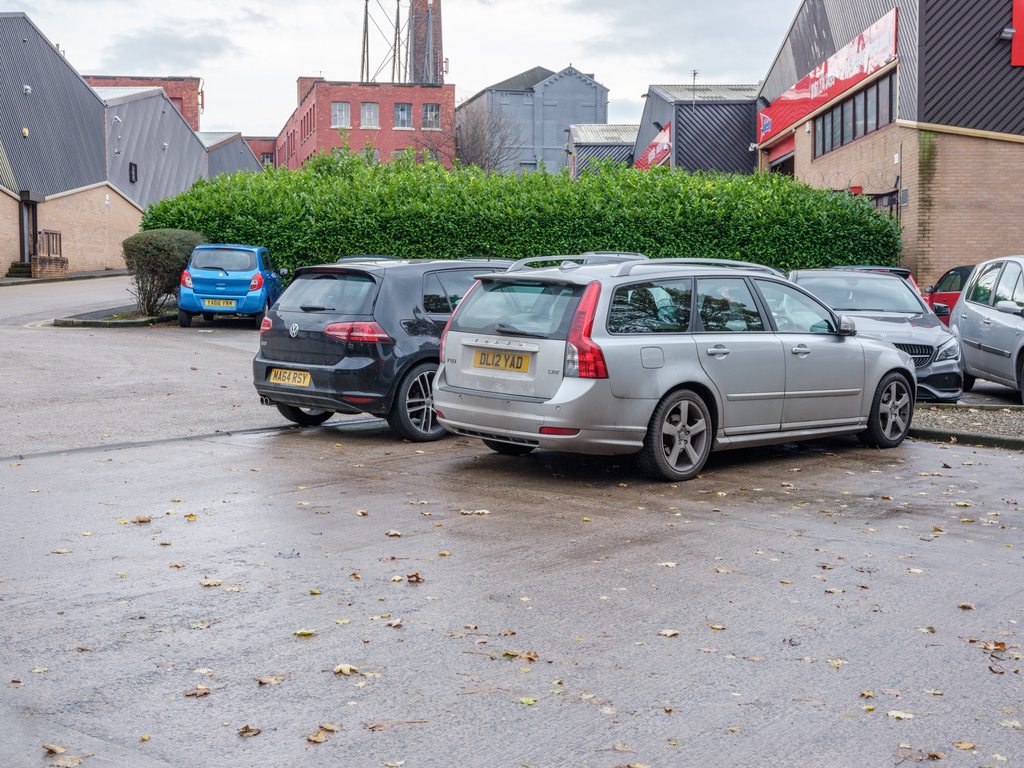- Messages
- 3,656
- Edit My Images
- Yes
Hello all,
On one of the evenings this week I went out for the first time in a long time with my Camera to a local(ish) church ( St Kinelms nr Halesowen) and took some photos while we wondered around, On the way back we past Ufmoor Wood and I thought I would take my dogs there just to see if it was of any interest. On the second trip I took my little compact £9 eBay Kodak and at the end of the dog walk decided to have another look at the Church and took a few photos which were roughly the same as the original photos I had took with the Sony. At this point I must point out that I am not too keen on the Sony as it's much bigger than the other camera and I am always worried about damaging it ( it cost slightly more than £9) plus I'm not over impressed with it's photo quality compared to other cameras I have used. In fairness to the Sony I get so little time to play cameras that I have forgotten how to use all of it's features and how to access them. Have a look at these too images , although they were taken at different times of day conditions on both were very overcast and the location is in very deep shadow due to a number of Yew trees in the church yard. Without a doubt the Sony is technically the better camera but every time I use it I feel let down and every time I use the crappy Kodak 9mp I am quite impressed. Have a look and see if you can see any real difference ?


On one of the evenings this week I went out for the first time in a long time with my Camera to a local(ish) church ( St Kinelms nr Halesowen) and took some photos while we wondered around, On the way back we past Ufmoor Wood and I thought I would take my dogs there just to see if it was of any interest. On the second trip I took my little compact £9 eBay Kodak and at the end of the dog walk decided to have another look at the Church and took a few photos which were roughly the same as the original photos I had took with the Sony. At this point I must point out that I am not too keen on the Sony as it's much bigger than the other camera and I am always worried about damaging it ( it cost slightly more than £9) plus I'm not over impressed with it's photo quality compared to other cameras I have used. In fairness to the Sony I get so little time to play cameras that I have forgotten how to use all of it's features and how to access them. Have a look at these too images , although they were taken at different times of day conditions on both were very overcast and the location is in very deep shadow due to a number of Yew trees in the church yard. Without a doubt the Sony is technically the better camera but every time I use it I feel let down and every time I use the crappy Kodak 9mp I am quite impressed. Have a look and see if you can see any real difference ?











